Mandarine recovering - save me from myself!
vp_78
9 years ago
Related Stories

DECORATING PROJECTSDIY Project: How to Re-Cover a Seat Cushion
Makeover a chair with a cool new seat cover, no sewing required
Full Story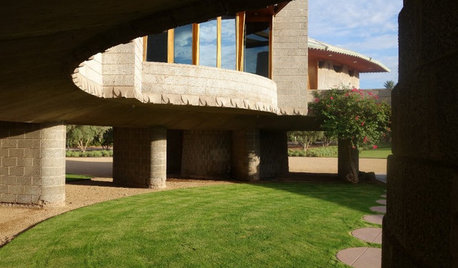
FRANK LLOYD WRIGHTStep Inside a Frank Lloyd Wright House Saved From Demolition
The historic Phoenix property is now part of the architect’s school at Taliesin, where it will be used as a design lab
Full Story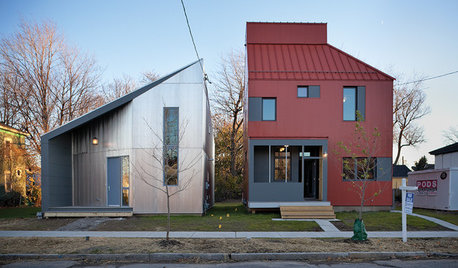
ARCHITECTUREEnergy-Saving Ideas From 3 Affordable Green-Built Houses
Get lessons in budget-friendly green building from design competition winners in New York state
Full Story
COFFEE WITH AN ARCHITECTWhat My Kids Have Taught Me About Working From Home
Candy and Legos aren't the only things certain small people have brought to my architecture business
Full Story
LIFEYou Said It: ‘It Was a Symbolic Gesture to Myself’ and More Quotables
Design advice, inspiration and observations that struck a chord this week
Full Story
GREAT HOME PROJECTSUpgrade Your Windows for Beauty, Comfort and Big Energy Savings
Bid drafts or stuffiness farewell and say hello to lower utility bills with new, energy-efficient windows
Full Story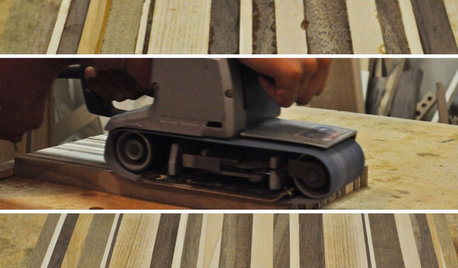
DIY PROJECTSFashion a High-Quality Cutting Board From Scrap Wood
Waste not, want not. This DIY project saves scraps from the landfill, hones your woodworking skills and produces a gorgeous kitchen piece
Full Story
SMALL HOMESAsk an Expert: What Is Your Ultimate Space-Saving Trick?
Houzz professionals share their secrets for getting more from any space, small or large
Full Story
DECORATING GUIDESTop Tips From a Green Interior Designer
Ecofriendly homes can do more than tread lightly on the earth. They can be stylish and comfortable too, says this top-notch green designer
Full Story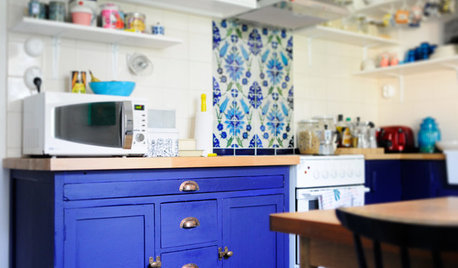
ECLECTIC STYLEGet Creative Salvage Ideas from Houzzers' Reuse Projects
Save money and show off your resourcefulness by borrowing from these creative home projects using salvaged materials
Full StoryMore Discussions






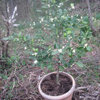
rusty_blackhaw
vp_78Original Author
Related Professionals
Ferndale Landscape Architects & Landscape Designers · Lakewood Landscape Architects & Landscape Designers · Mountain Brook Landscape Architects & Landscape Designers · Roosevelt Landscape Architects & Landscape Designers · Wixom Landscape Architects & Landscape Designers · Harvey Landscape Architects & Landscape Designers · Azalea Park Landscape Contractors · Deerfield Beach Landscape Contractors · Fountain Valley Landscape Contractors · Gainesville Landscape Contractors · Lynwood Landscape Contractors · Mount Sinai Landscape Contractors · Paso Robles Landscape Contractors · West Allis Landscape Contractors · Sun Valley Landscape Contractorsvp_78Original Author
BarbJP 15-16/9B CA Bay Area
hoosierquilt USDA 10A Sunset 23 Vista CA
vp_78Original Author
hoosierquilt USDA 10A Sunset 23 Vista CA
vp_78Original Author
hoosierquilt USDA 10A Sunset 23 Vista CA